The Barracuda SecureEdge Manager allows administrators to configure and authenticate OpenID Connect for the workspace. The OpenID Connect protocol ( OIDC) is an identity authentication protocol and can be used to enable two unrelated applications to share user profile information without compromising user credentials.

Configure OpenID Connect
Go to https://se.barracudanetworks.com and log in with your existing Barracuda Cloud Control account.
In the left menu, click the Tenants/Workspaces icon and select the workspace you want to configure OpenID Connect as an identity provider for.
In the left menu, click Identity > Settings.
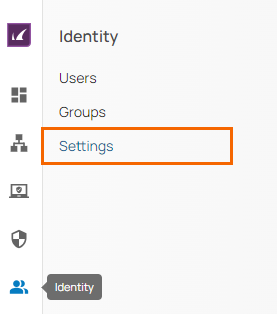
The Settings page opens. In the Identity Providers section, click Add Identity Provider.

From the drop-down menu, select OpenID Connect.
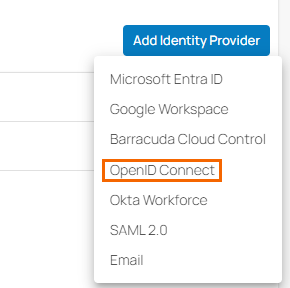
The Add Identity Provider page opens. Specify the values for the following:
Display Name – Enter display name.
Discovery URL – Enter the discovery URL. Note: In this case we are using Google OpenID Connect.
Client ID – Enter the client ID.
Client Secret – Enter the client secret.
Scope – Enter the scope.
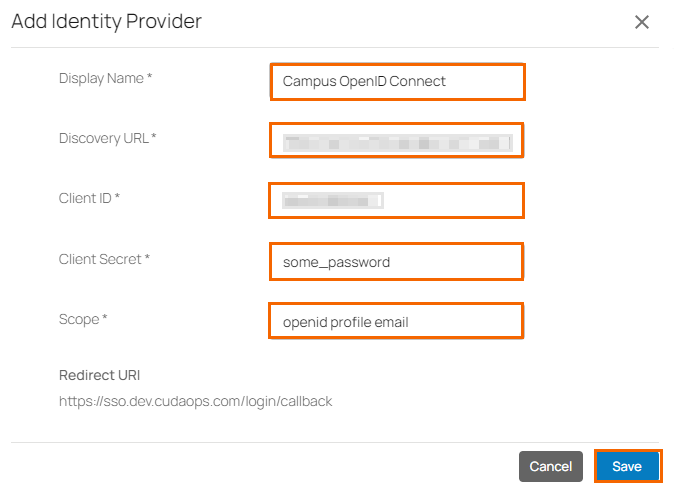
Click Save.
Authenticate with your identity provider. Provide your admin OpenID Connect credentials and click Sign in.
In the Identity Providers table, you can see that the identity provider OpenID Connect has been added and that under the fieldname STATUS the text now states Active with a green check mark.

Edit OpenID Connect
To edit the OpenID Connect identity provider settings:
In the left menu, click the Tenants/Workspaces icon and select the workspace you want to edit the OpenID Connect identity provider for.
Go to Identity > Settings.
The Settings page opens. In the Identity Providers section, you can see that OpenID Connect is displayed as your identity provider.
To edit your OpenID Connect settings, click on the pencil icon.

The Edit Identity Provider page opens. Edit the value you are interested in. For example, you can edit values for Display Name, Discovery URL, Client Secret, and Scope. Note: You cannot change the value for Client ID because the option Client ID is disabled.
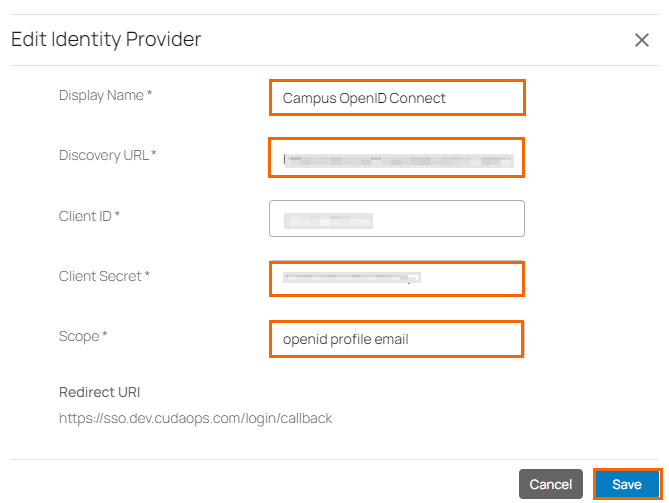
Click Save.
Remove OpenID Connect
Go to Identity > Settings. The Settings page opens.
In the Identity Providers section, you can see your OpenID Connect configuration is displayed.
To remove the OpenID Connect configuration, click on the trash can icon.

The Remove Identity Provider page opens.
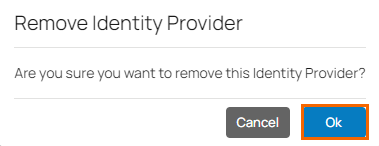
Click OK to confirm.
(Optional) Test OpenID Connect
If you must test OpenID Connect quickly, proceed with the following steps:
On the Settings page in the Identity Providers section, click the icon of three vertical dots to test the identity provider.

Click Test Identity Provider.
To authenticate your identity provider, follow the authentication instructions on screen.
To log in with Google admin credentials, a new browser tab opens. Enter your password and click Sign In.
After logging into your account, you receive the confirmation message that the authentication was successful. You can also see verification values for fieldnames such as nickname, name, email, email verified, and iss.

